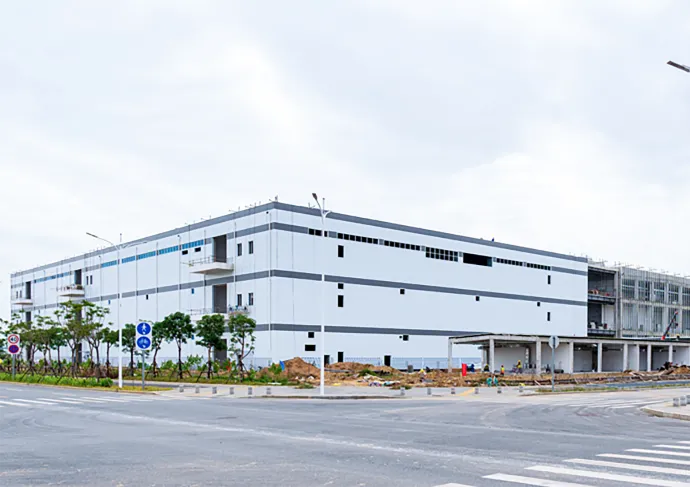- Afrikaans
- Albanian
- Amharic
- Arabic
- Armenian
- Azerbaijani
- Basque
- Belarusian
- Bengali
- Bosnian
- Bulgarian
- Catalan
- Cebuano
- Corsican
- Croatian
- Czech
- Danish
- Dutch
- English
- Esperanto
- Estonian
- French
- German
- Greek
- Hindi
- Indonesian
- irish
- Italian
- Japanese
- Korean
- Lao
- Malay
- Myanmar
- Norwegian
- Norwegian
- Polish
- Portuguese
- Romanian
- Russian
- Serbian
- Spanish
- Swedish
- Thai
- Turkish
- Ukrainian
- Uzbek
- Vietnamese
dets. . 02, 2024 06:59 Back to list
ceiling access panel
The Importance of Ceiling Access Panels
In modern architecture and interior design, the ceiling is often an overlooked aspect of functionality and accessibility. However, ceiling access panels are becoming increasingly important for both residential and commercial spaces. These panels provide convenient access to plumbing, electrical systems, and HVAC components, ensuring that maintenance and repairs are both simple and cost-effective.
Understanding Ceiling Access Panels
Ceiling access panels are specially designed openings in the ceiling that allow for easy entry to hidden infrastructure. They are typically made from materials such as metal, plastic, or drywall, and can be painted over to blend seamlessly with the ceiling. The panels come in various sizes and designs, accommodating the different requirements of building layouts and services behind the ceiling.
Why are Ceiling Access Panels Necessary?
1. Accessibility One of the primary functions of ceiling access panels is to provide straightforward access to essential systems that run above the ceiling. For example, electricians might need to reach wiring, while plumbers may require access to pipes. Without these panels, maintenance tasks can become cumbersome and costly, leading to longer downtimes and potential damage.
2. Aesthetic Considerations Many ceiling access panels are designed to be discrete. They can mimic the existing ceiling surface, ensuring that they do not disrupt the overall look of a room. This aesthetic appeal is particularly important in commercial spaces like hotels, offices, and restaurants, where first impressions matter.
3. Cost-Effectiveness Regular maintenance is crucial for the longevity of building systems. Access panels significantly reduce the time and labor expenses associated with repairs. By allowing quick and easy access to important systems, they help prevent extensive damage that could arise from neglect or difficult access routes, ultimately saving money in the long run.
ceiling access panel

4. Safety and Hygiene In environments like hospitals or laboratories, cleanliness and accessibility are paramount. Ceiling access panels facilitate regular inspections and maintenance of HVAC systems, which helps in maintaining indoor air quality. They also allow for easy pest management, as technicians can quickly determine if there are issues within the ceiling void.
5. Compliance and Regulations Building codes and regulations often dictate specific requirements for accessibility in both residential and commercial spaces. Incorporating ceiling access panels can help ensure compliance with these stipulations, avoiding potential legal issues or fines.
Choosing the Right Ceiling Access Panel
Selecting the appropriate access panel requires consideration of several factors. The size of the panel must correspond with the equipment it will provide access to, while also ensuring it fits within the aesthetic of the ceiling. Furthermore, choosing a panel that is durable and capable of withstanding the expected wear and tear is crucial, especially in high-traffic areas.
When it comes to installation, it's advisable to hire a qualified professional to ensure that the panel is securely and properly placed. Overall, investing in quality ceiling access panels enhances the functionality of a space while maintaining its visual appeal.
Conclusion
Ceiling access panels play a vital role in modern buildings. They enhance accessibility, improve safety, and reduce maintenance costs while contributing to the overall aesthetic appeal of a space. As buildings evolve and the need for efficient management of hidden systems grows, ceiling access panels will continue to become an essential component of both residential and commercial spaces. Properly integrated, they not only foster practicality but also demonstrate a thoughtful approach to design and maintenance.
-
Transform Interiors with PVC Gypsum Ceiling: A Stylish, Durable, and Moisture-Resistant SolutionNewsMay.19,2025
-
The Smart Interior Upgrade: Discover the Durability and Versatility of Gypsum Ceiling Access Panel SolutionsNewsMay.19,2025
-
The Smart Choice for Interior Design: Discover the Value of PVC Gypsum Ceiling SolutionsNewsMay.19,2025
-
Mineral Fiber Ceiling Tiles: The Smart Blend of Performance and AestheticsNewsMay.19,2025
-
Mineral Fiber Ceiling Tiles: The Superior Choice Over Gypsum for Sound and Fire SafetyNewsMay.19,2025
-
Mineral Fiber Ceiling Tiles: Eco-Friendly Strength and Style for Every CeilingNewsMay.19,2025







